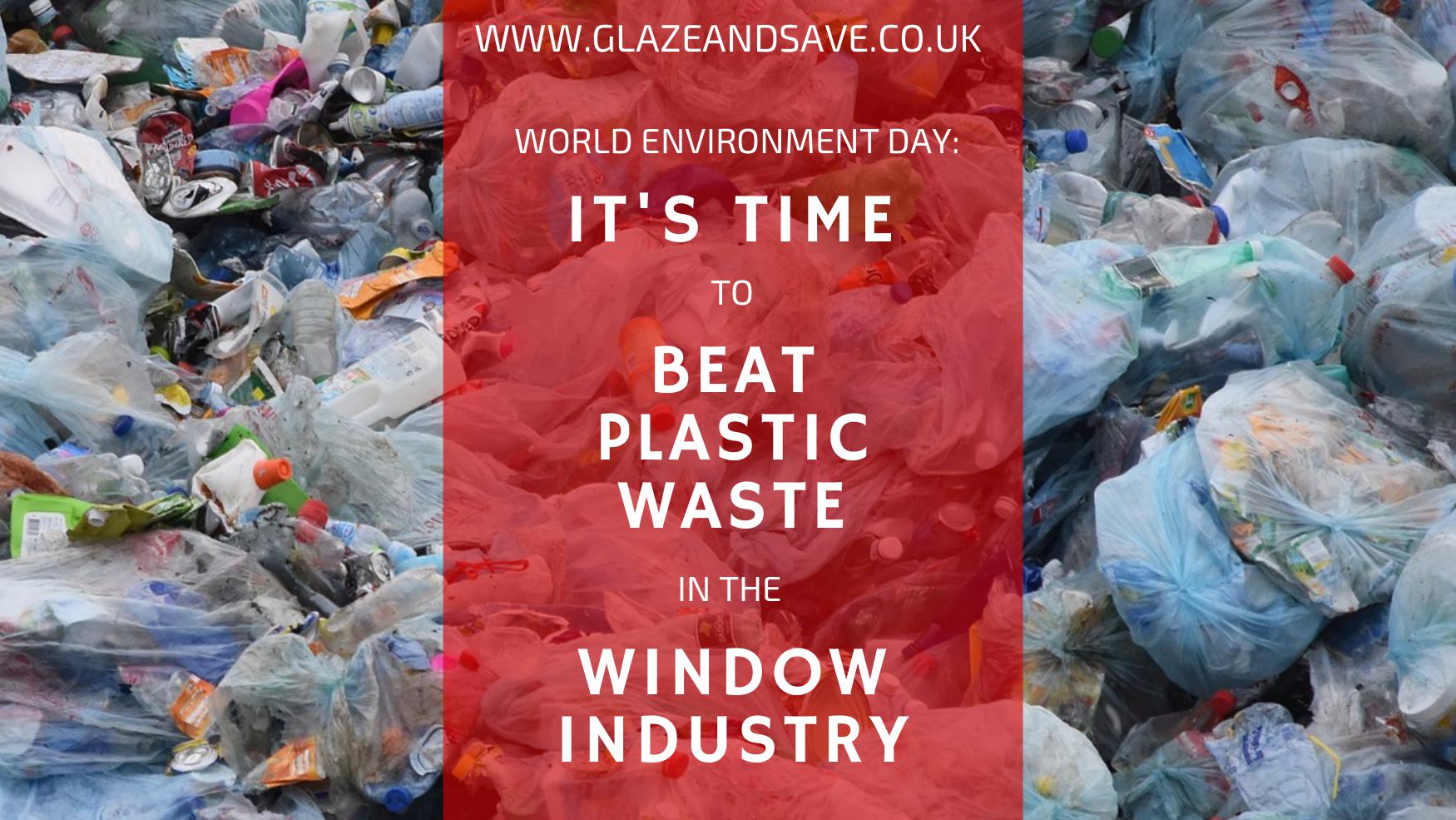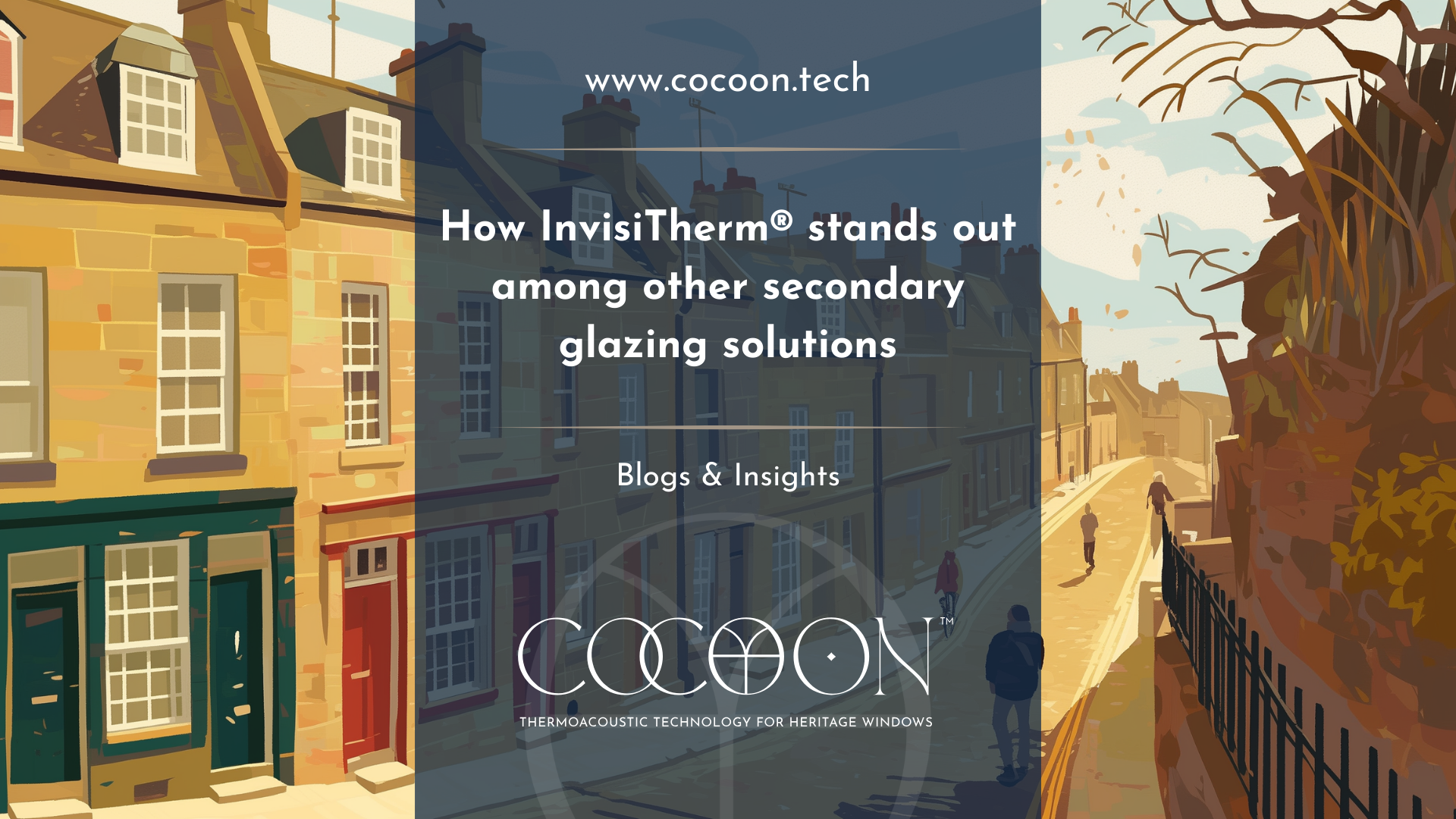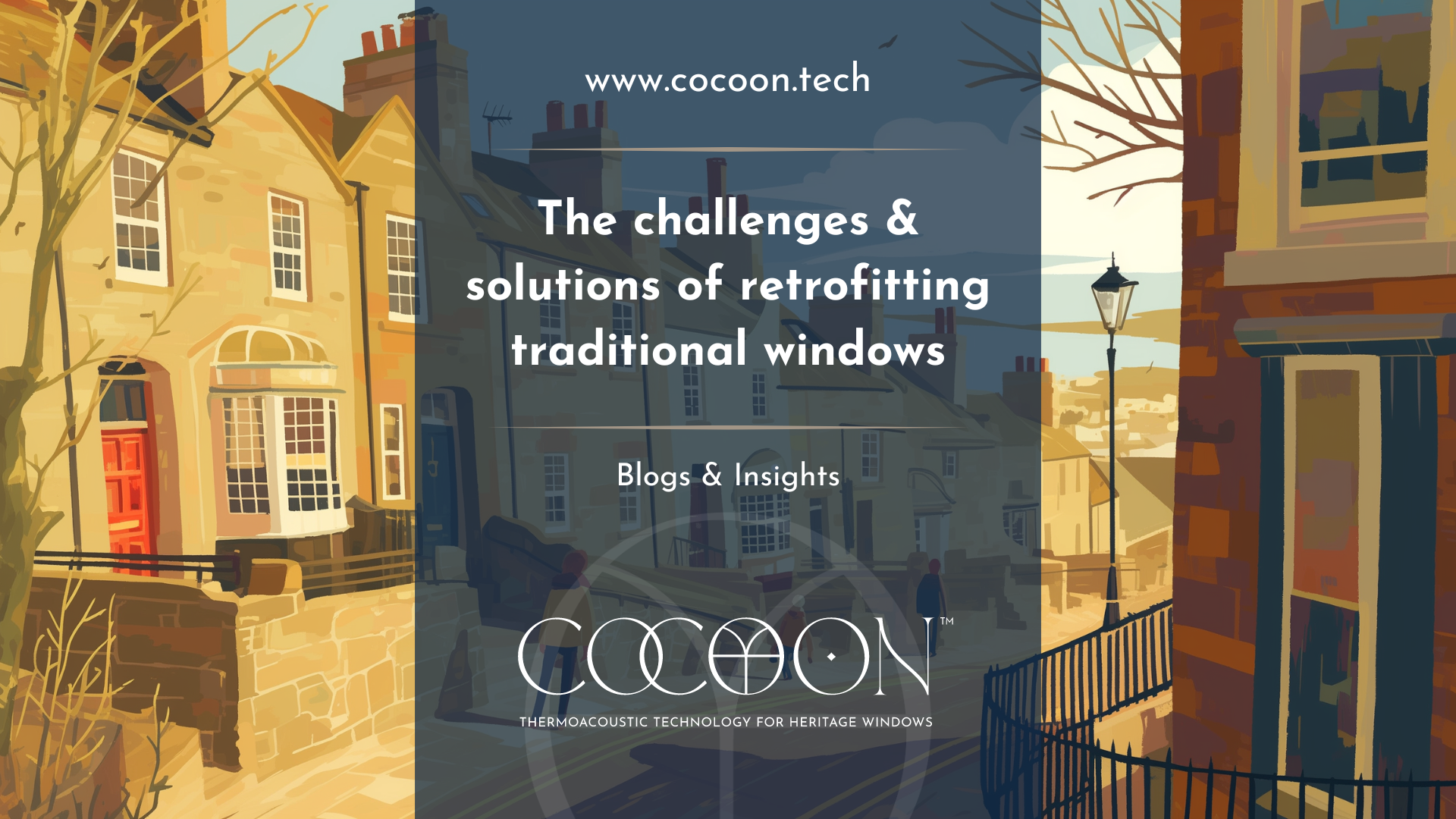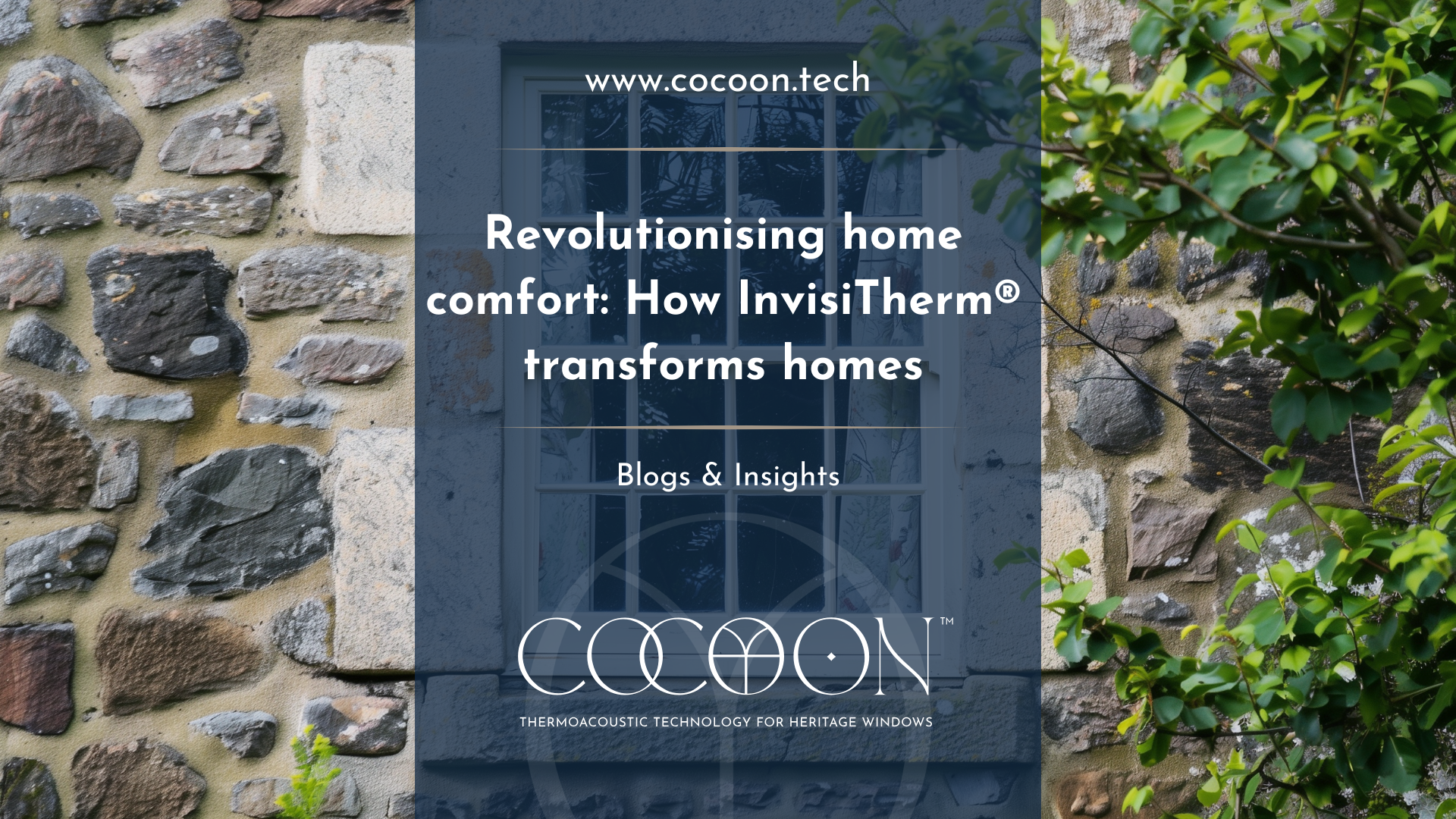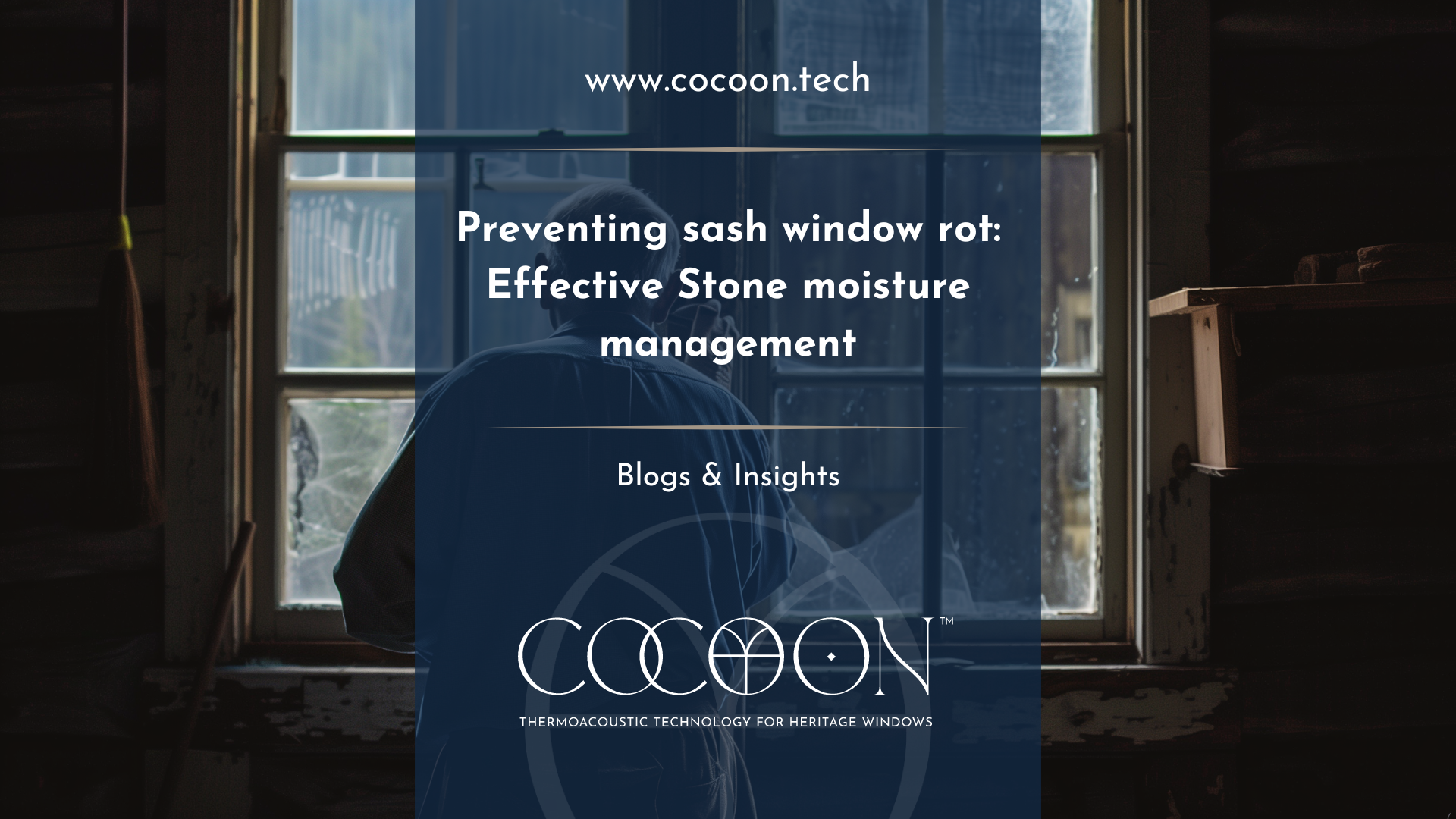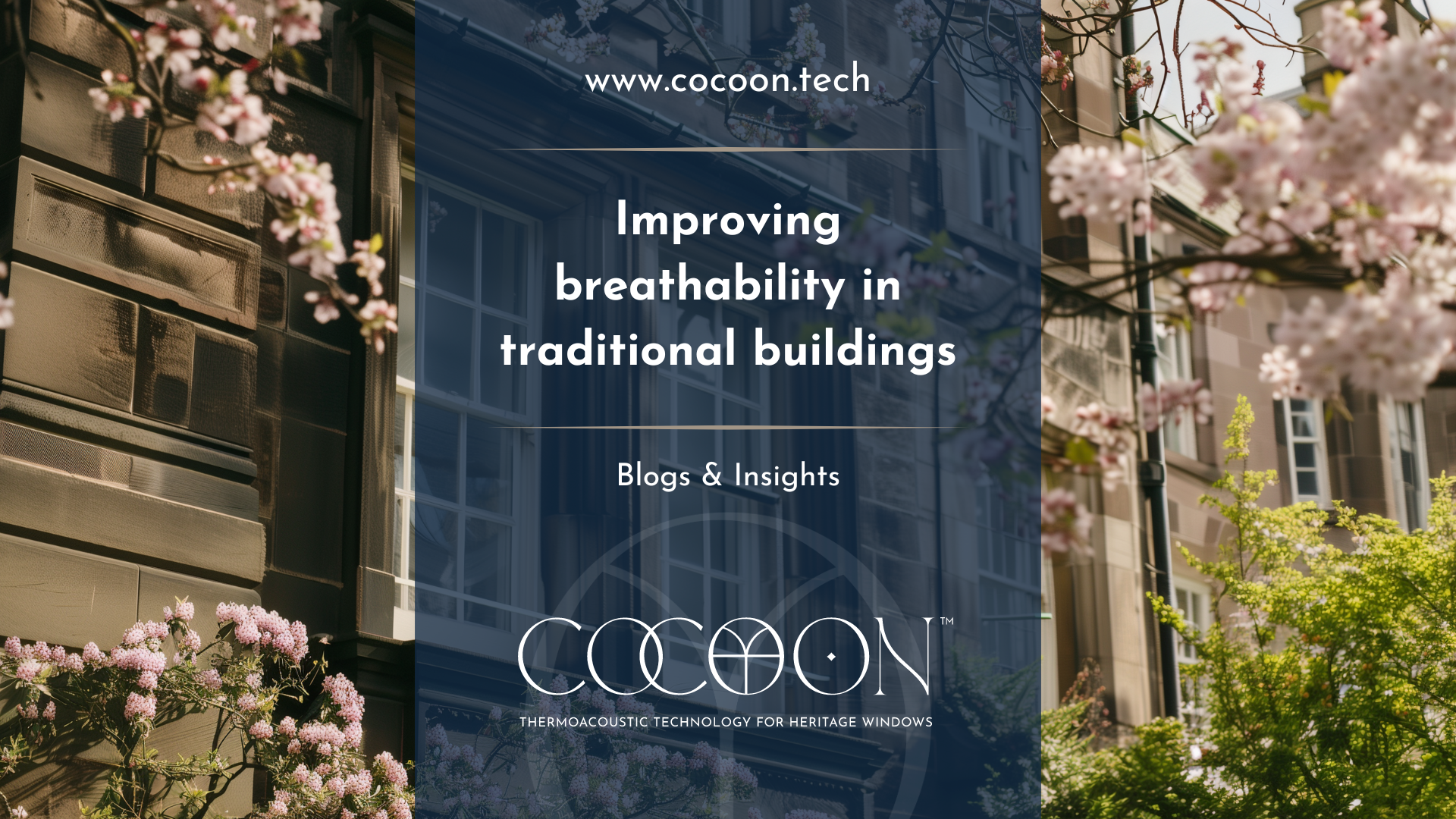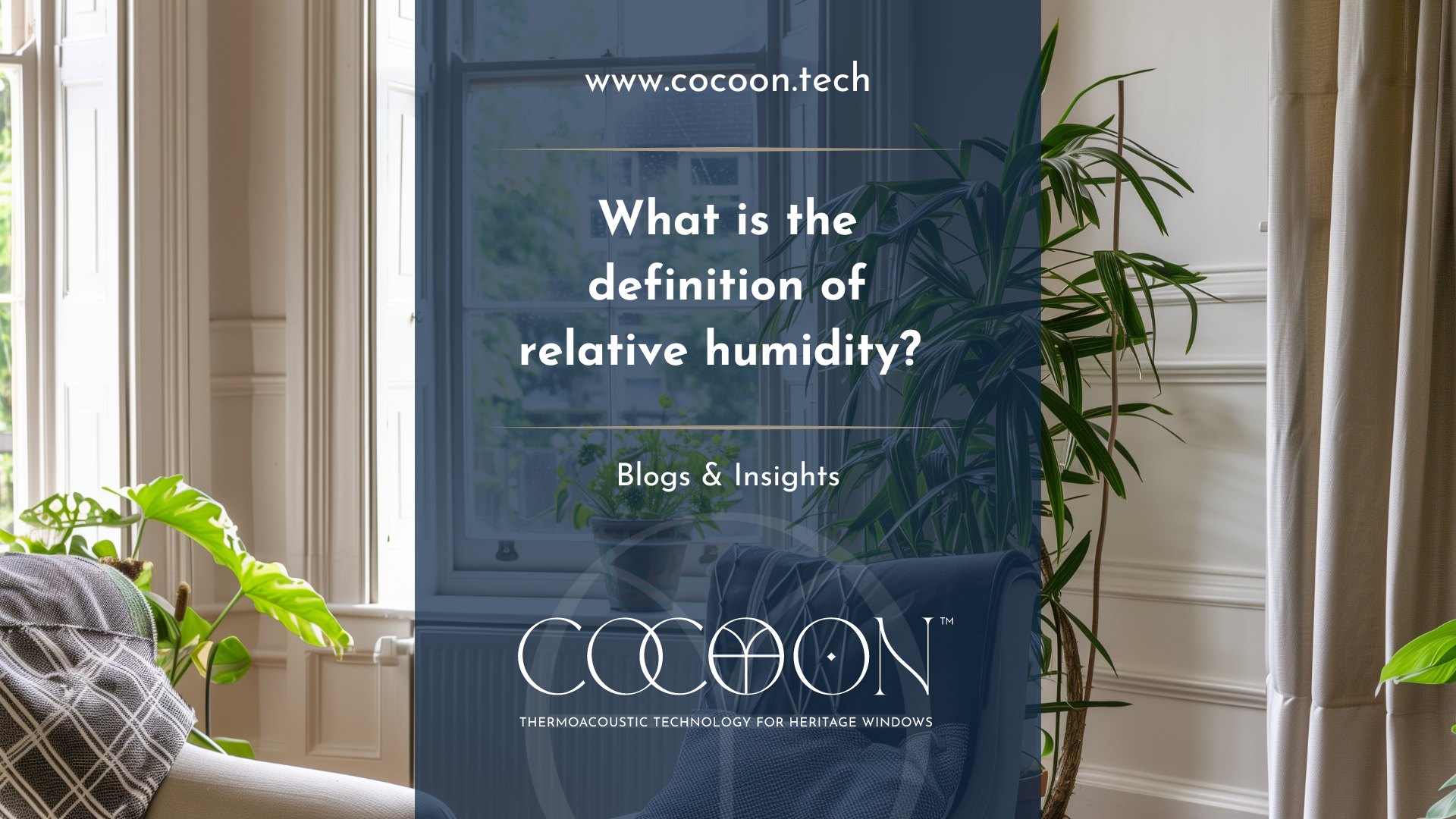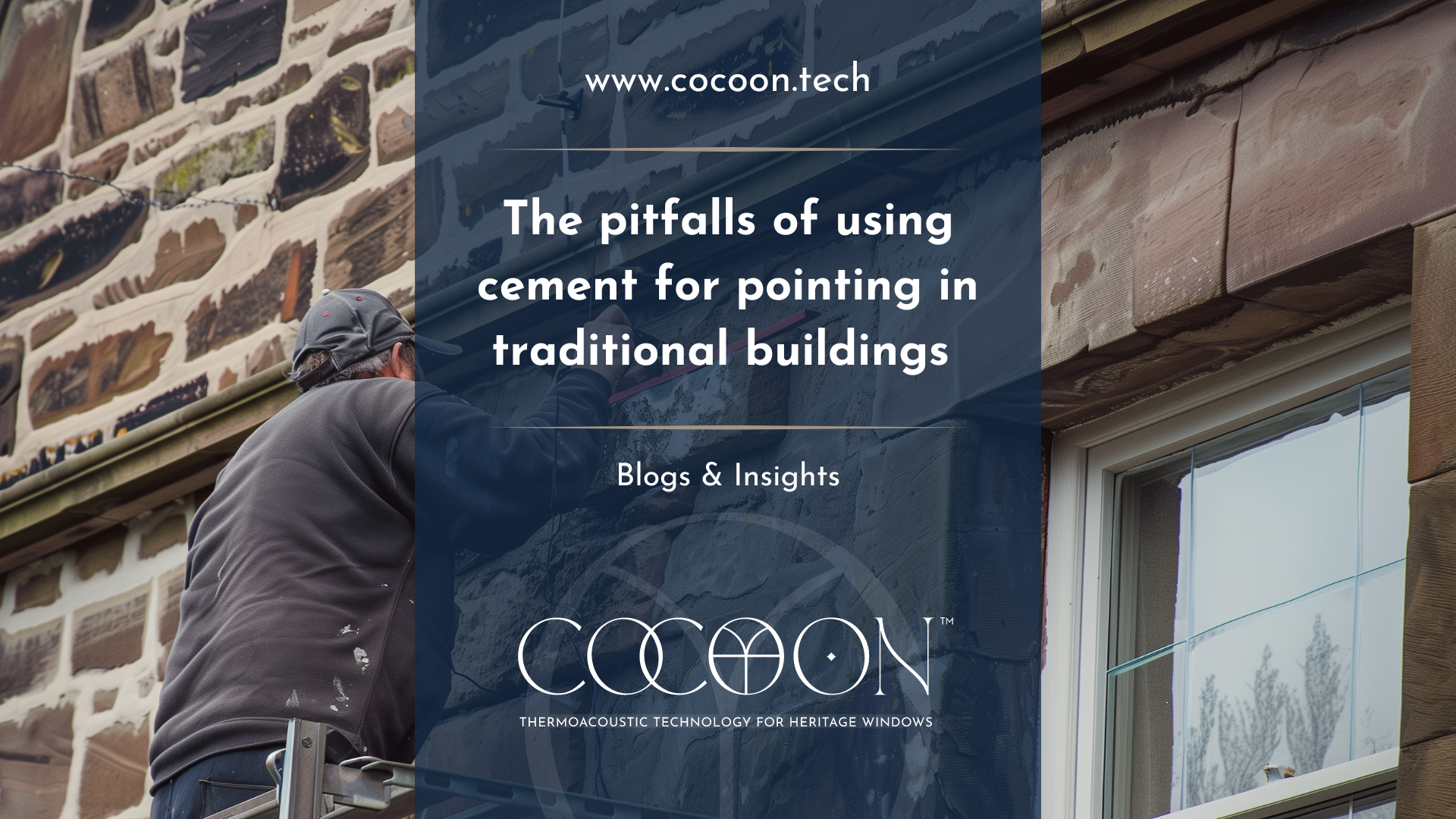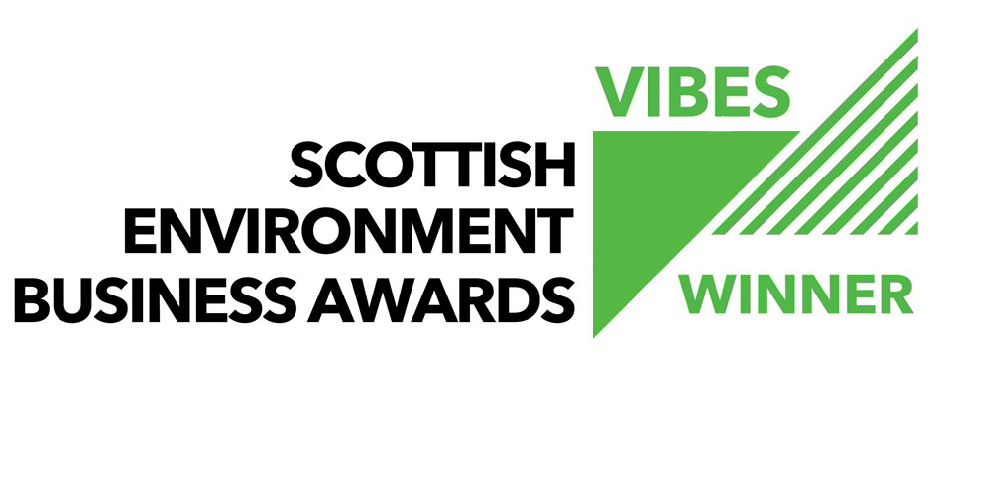Beating Plastic Waste in the Window Industry | Glaze & Save
Yesterday was World Environment Day , and the theme was “Beat Plastic Pollution”. Without a doubt we are drowning in plastic pollution across the globe, and the window industry is a major contributor to that. But is doesn’t have to be this way. Not only can plastic products be greener, but they can also contribute to a reduction in plastic waste as a whole.
Over the past two decades the UK has become dependent on China for low cost recycling exportation to meet environmental targets, shipping 2.7million tonnes of plastics waste to China and Hong Kong since 2012, according to Greenpeace . But since the beginning of the year, China has no longer accepted foreign plastic waste, with the ban putting more pressure on the UK’s already over stretched recycling services, with a chronic shortages of capacity and the threat that some more hard to treat plastics will no longer be accepted for recycling .
This means that it is even more imperative for the UK to reduce plastic pollution.
There is a huge emphasis on food an retail sectors to reduce plastic consumption, however the largest consumer of plastic in the UK is the construction industry. It should therefore be no surprise that the construction industry is also the UK’s largest waste producer, accounting for more than fifty percent of the UK’s total waste output, according to Willmott Dixon Interiors.
Shockingly, around one third of waste from construction sites is packaging , comprised of recyclable materials such as timber, cardboard and plastic. Sadly much of this packaging is unnecessary and is sent to landfill, where it could be completely avoided.
The UK construction industry annually consumes more than 420 million tonnes of natural resources, of which an eye watering 60 million tonnes is wasted. According to the WWF :
“Of the resources used, more than 350 million tonnes are primary materials, 43 million tonnes are recycled materials, 22 million tonnes are secondary materials (e.g. industrial by-products) and 3 million tonnes are reclaimed for reuse. To produce 360 million tonnes of construction products, the industry requires 7.8 million tonnes of fuel (oil equivalent).”
As winners of the VIBES Award for Environmental Product , polycarbonate product InvisiTherm ™ seems like an unlikely environmental hero. However, we have demonstrated that plastic products can be green. We recycle over 95% of the waste that is produced by our installs and have achieved this from a very early stage in our inception. The plastic packaging we recycle is recycled by local processing units: there’s no shipping off the China for our plastic.
However, we also work to stop plastic waste at other points in the supply chain. We champion the retention of original windows as a means to halting the cycle of window replacement that we have become used to since the introduction of cheap UPVC windows. We see this as an unnecessary source of plastic waste.
The state of the UPVC window industry is such that the WWF UK commissioned a report in 2005 warning of the issues with UPVC windows in the environment :
"-a product that uses a non-renewable resource cannot be sustainable: oil makes up 43 per cent of the raw material required to make PVC;
-PVC windows generate 43 per cent more waste than timber windows: 82 per cent of total PVC waste goes to landfill, 15 per cent is incinerated. Only 3 per cent is recycled.
-PVC waste will rise to 6.4 million tonnes by 2020, when the capacity to recycle it will be a fifth of what will be required;
-it takes eight times more energy to manufacture a PVC window than an equivalent timber frame;
-throughout the use and disposal of the product, the overall environmental burden is significantly less for timber windows than for PVC windows; and
-hazardous chemicals are released into the environment during the incineration process of PVC."
The expected life span of a UPVC window is twenty years,
although it is worth noting that many manufacturers will only offer a ten or
fifteen year guarantee. The WWF reported that the average
UPVC window was disposed of after just 18 years. Compared with the lifespan of an original wood framed window (100 years plus) then it is easy to see just how much waste can be produced over the lifespan of each home that chooses to replace original windows with UPVC windows.
“The London Borough of Camden Council’s experience with PVC windows shows that they are “extremely difficult to repair when components are worn or damaged and often have to be replaced as a result of vandalism”. This experience is also shared by Manchester City Council and Guildford Borough Council. The material is also turned yellow and brittle by sunlight and can even develop hairline cracks. Once degraded in this way, PVC frames are impossible to repair.”
As fossil fuels become increasingly scarce, and recycling resources become increasingly stretched, it is important that we start to take a zero waste attitude towards our windows. Retaining and investing in original windows, while taking the time to maintain them properly can help lift some of the burden of plastic waste and plastic pollution from the UK.Protect your windows and experience a warmer, cozy and more thermally efficient home with InvisiTherm ™ the all-in-one window solution. Reduce heat loss by 63%, Reduce noise by a minimum of 48%, eradicate condensation and draughts, and completely eliminate ultraviolet fading, all without the need for any permissions. Retain your original windows and full working shutters while turning your single glazing into double glazing. Contact today on 01738 562 068 or via our contact form to find out more and arrange your free survey.

